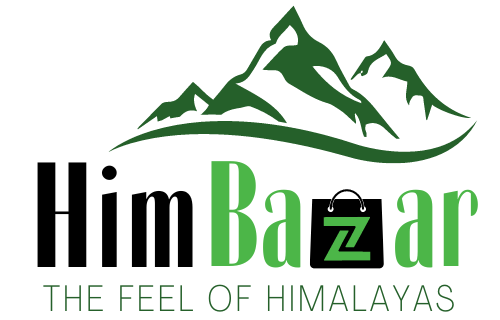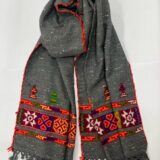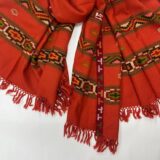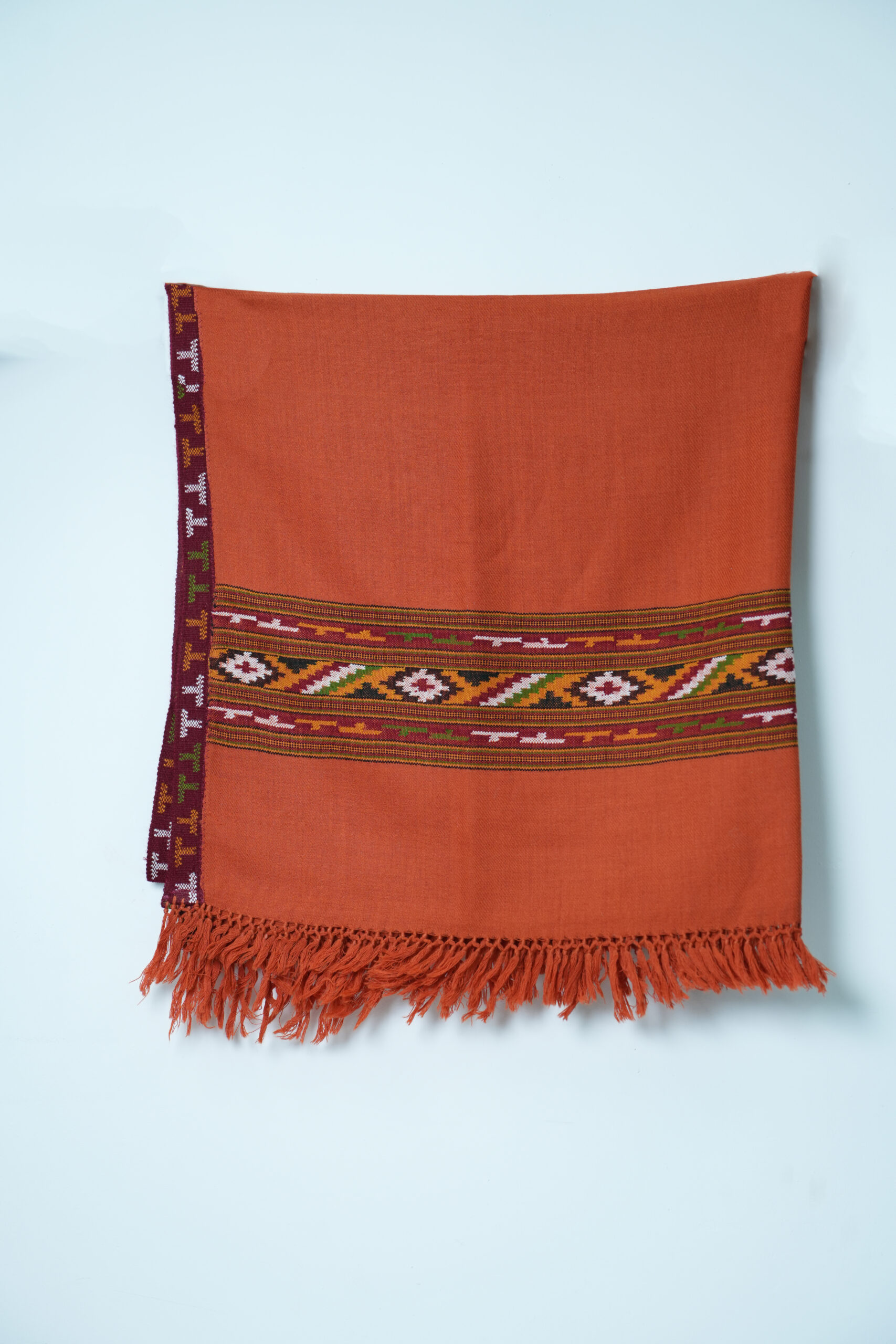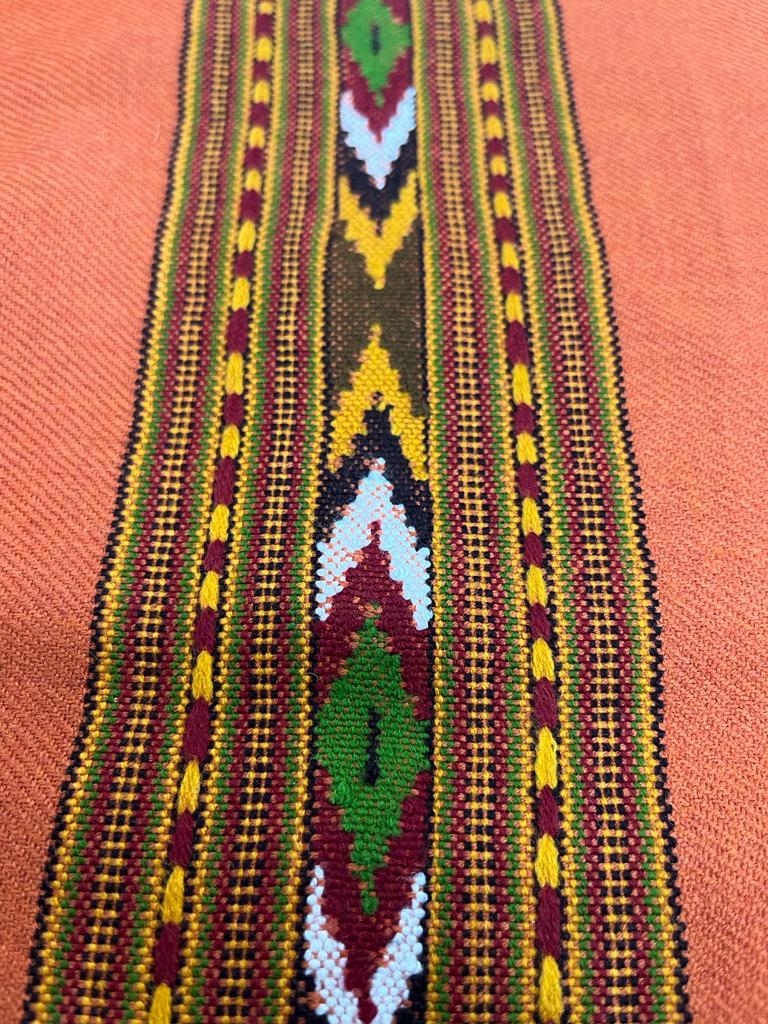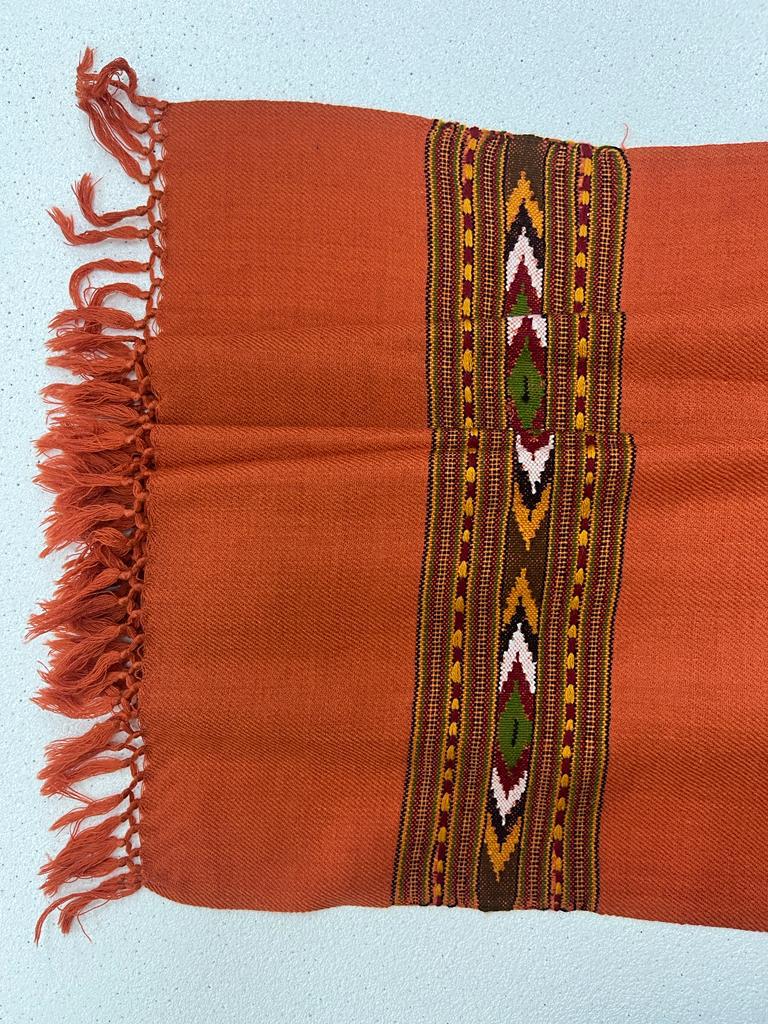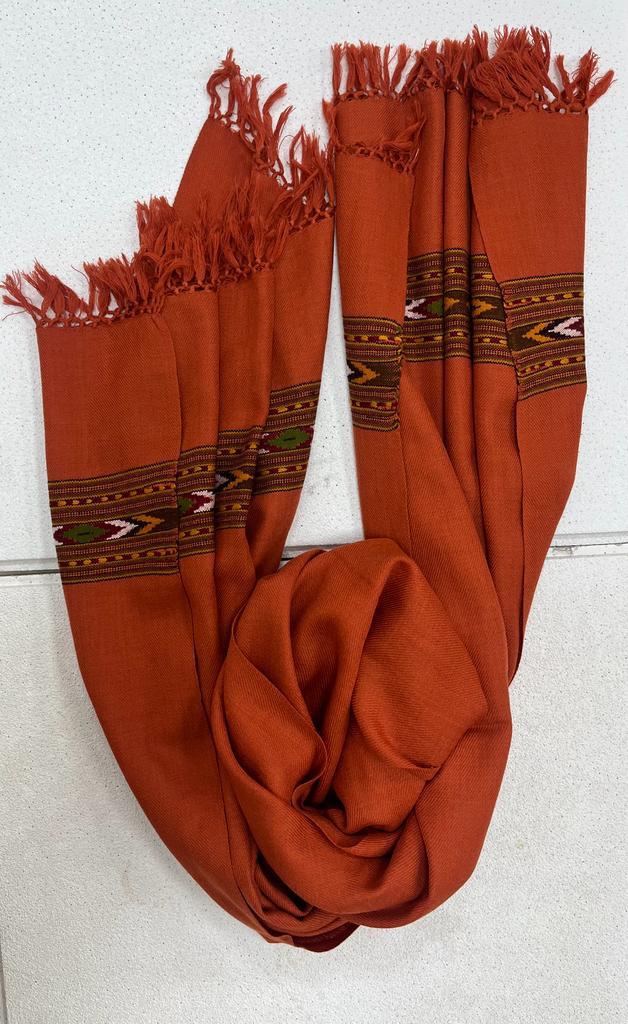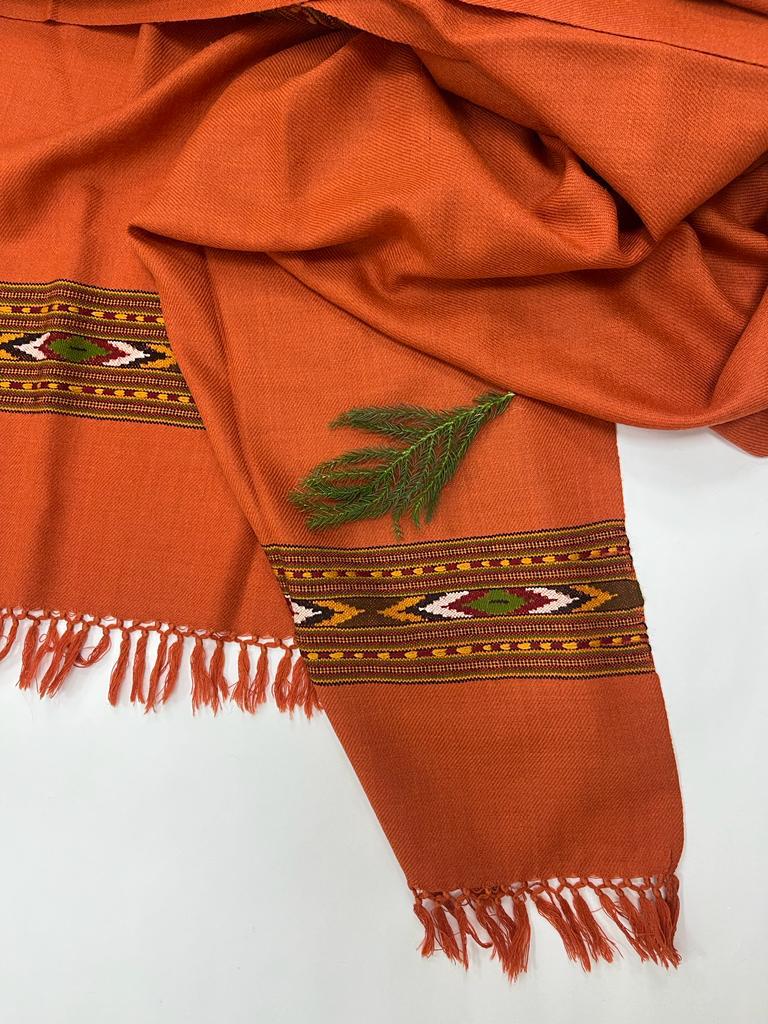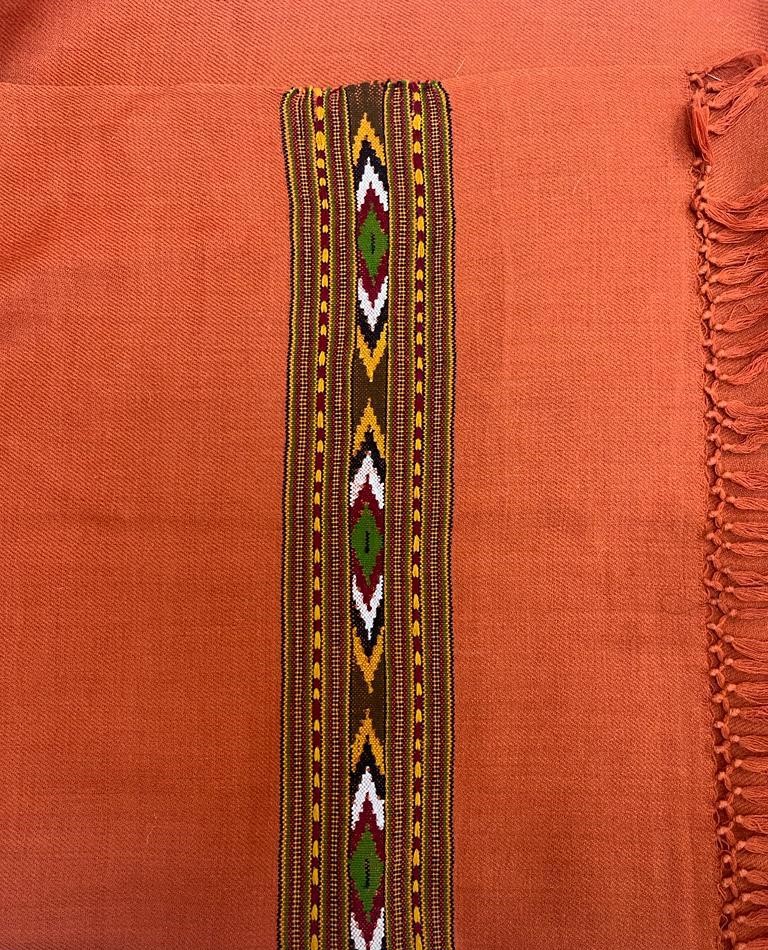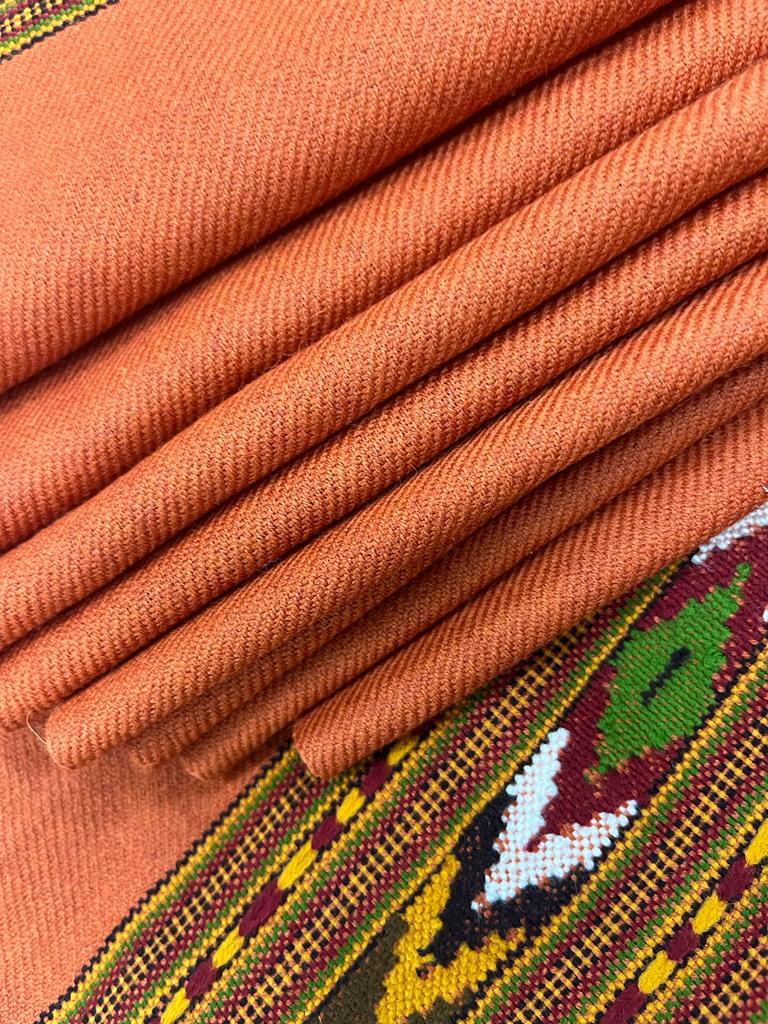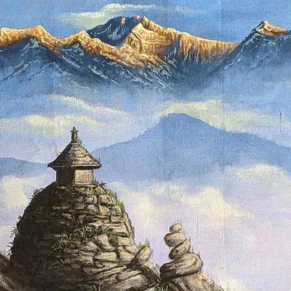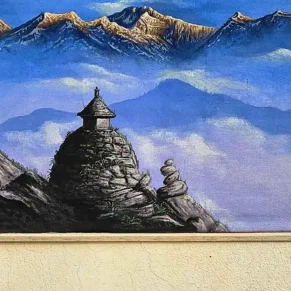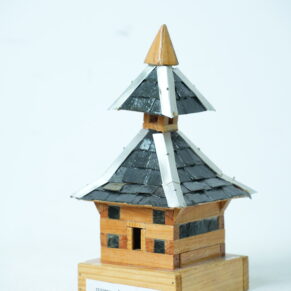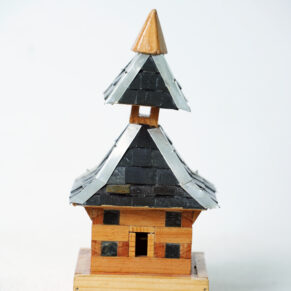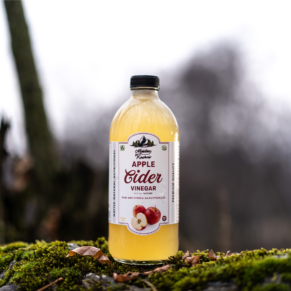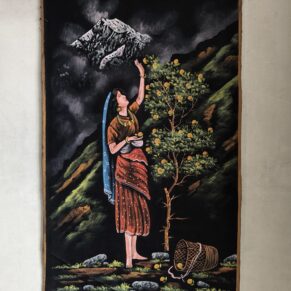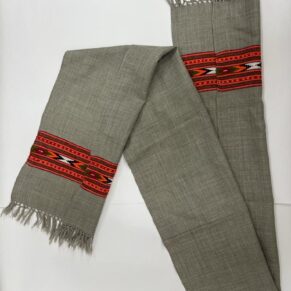- Your cart is empty
- Continue shopping
Kullu Shawl Single Patti ( GI Tag Kullu Patti)
₹2,560.00
About product
BROWN-RUST COLOR
1. GI tag product-Geographical Indications of Goods(Registration and Protection) Act,1999 on 10December 2004 (Kullu Patti)
2.Handmade with traditional weaving technique of counts ranging from 2/32 Nm to 2/64 Nm in warp and weft
3. Bordered with traditional ‘Patti’
4.Full length shawl
5. The Kullu Shawl is well known for its unique texture, yarn and typical traditional design patterns. Kinds of materials used to manufacture the Shawls are local wool, Merino wool,Angora, Pashmina, synthetic yarn, Yak wool, cotton and other handcrafted material.
6. A distinctive feature of Kullu shawls is the stripes or band (patti) running horizontally widthwise at the lateral ends
7. The different types of patterns drawn are single patti (single horizontal band) and triple patti (three horizontal bands)
8. Dry clean onl
About Kullu Shawls
During the pre-independence era, it became difficult for clothes to be transported to valleys. Because of the hilly and uneven terrain, localities were forced to make their own garments and that’s how Kullu shawls came into existence. Since the beautiful valley of Kullu falls in the temperate region of Himalayas, the climate is quite suitable for goat and sheep rearing for wool- hence making it easier to make woollen articles locally.
There was a time when almost every household had their own pit looms to make warm clothes for themselves. They used to weave pattu in their pit looms to cover and protect their bodies against extreme cold. The pattus were woven in natural colours i.e white, grey and black. Somewhere in the late 1930s, because of the British influence, handlooms were introduced to the common folk which soon became a popular choice. Some weavers from Shimla entered the valley in the early 1940’s and they began using their own geometrical designs on pattus, and later on the Kullu shawls.
Kullu shawls are known for their sharp geometrical patterns and vibrant colours. Apart from the neat geometric patterns, these shawls can also be seen with floral motifs that can be both in the centre or the corners. Colour range generally consists of 1 to 8 different colours of yarns. Traditionally, mostly natural shades of wool like black, brown, grey and white were used as the base which was often embroidered with bright shades of yellow, red, magenta and blue among others. Today, pastel colours can be also seen on these warm shawls. Wool yarns are commonly derived from sheep, angora, yak or pashmina and they are completely handspun. The yarns were dyed using vegetable dyes but today, chemical dyes have gained popularity as well. The prices of these handcrafted beauties depend on the type of yarn used.
Availability:Out of stock
Availability:Out of stock
Categories Handlooms, HIM-IRA Products
Tags GI TAG, handlooms
